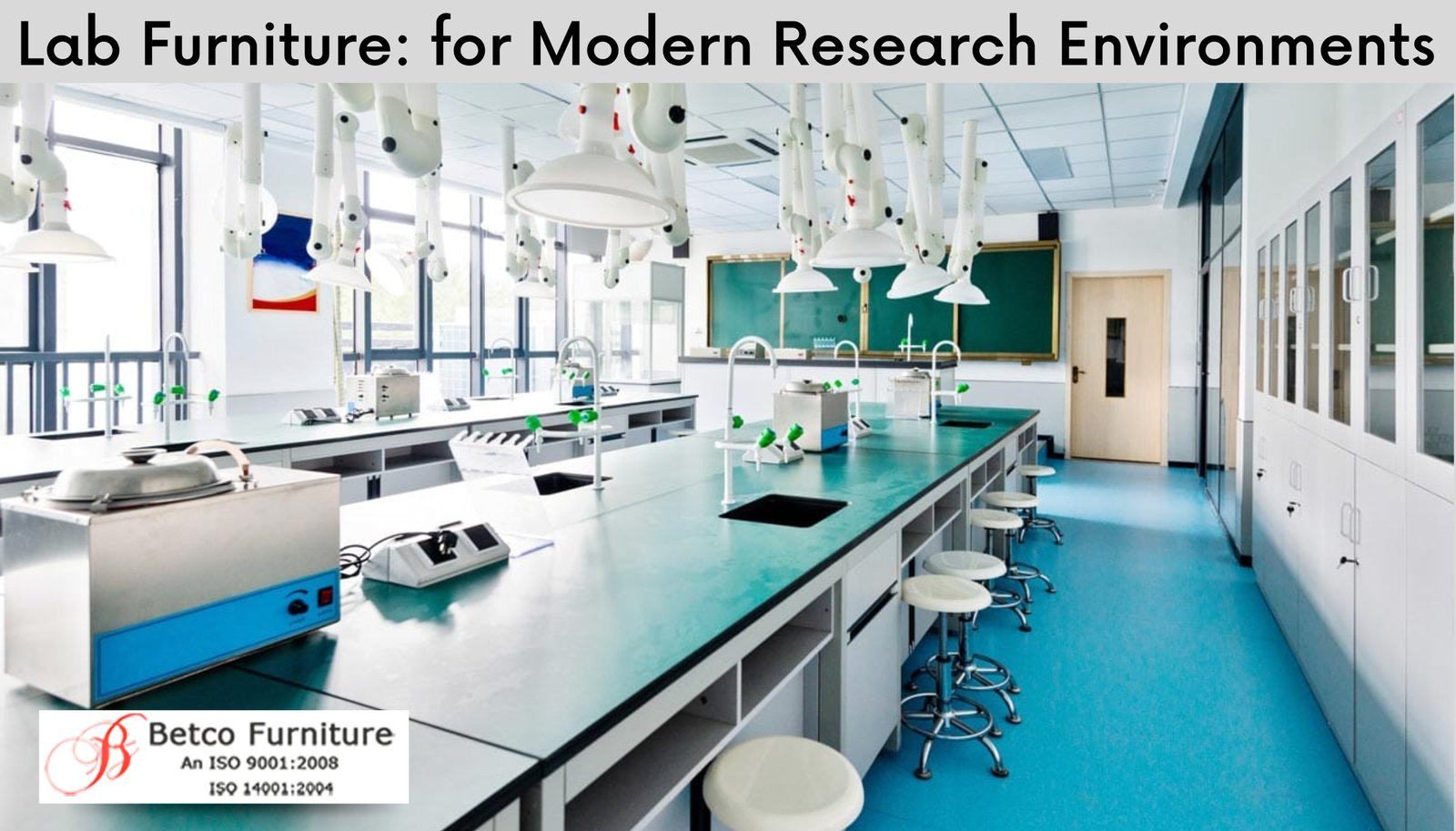In the ever-evolving world of science and research, the importance of functional and innovative lab furniture cannot be overstated. Lab furniture plays a crucial role in optimizing workspaces, enhancing productivity, and ensuring safety in laboratories. This article explores essential solutions provided by modern lab furniture, catering to the diverse needs of various research environments.
1. The Importance of Quality Lab Furniture
Safety and Compliance
One of the primary functions of lab furniture is to ensure a safe working environment for researchers and technicians. High-quality lab furniture is designed to meet safety standards and regulations, which vary depending on the type of research being conducted. For instance, chemical labs require furniture that is resistant to corrosive substances, while biological labs need furniture that can withstand stringent cleaning protocols.
- Durable Materials: Lab furniture made from materials such as stainless steel, epoxy resin, or chemical-resistant laminates ensures longevity and safety. These materials are designed to endure spills, heat, and wear, contributing to a safer workspace.
- Ergonomic Design: Comfortable, ergonomic lab furniture reduces the risk of workplace injuries and fatigue. Chairs and workstations that promote proper posture help enhance productivity and reduce discomfort during long hours of research.
Customization and Flexibility
Modern laboratories require flexibility and adaptability to accommodate a range of experiments and projects.
- Modular Systems: Modular lab furniture systems enable easy reconfiguration of workspaces. Researchers can adjust their layouts based on current projects, ensuring optimal workflow and efficiency.
- Tailored Solutions: Customizable lab benches, fume hoods, and storage solutions can be designed to fit the unique requirements of any research facility, maximizing space and enhancing functionality.
2. Types of Essential Lab Furniture
Workbenches and Lab Tables
Workbenches are the backbone of any laboratory. They provide a stable and organized surface for experiments and research activities.
- Height Adjustable Options: Ergonomically designed workbenches with adjustable heights accommodate various users and tasks, promoting comfort and efficiency.
- Integrated Storage: Many workbenches come equipped with built-in storage solutions, such as drawers and shelves, to keep tools and materials organized and easily accessible.
Storage Solutions
Proper storage is vital in maintaining an efficient laboratory environment. Quality lab furniture includes various storage options designed to keep supplies organized and secure.
- Cabinets and Shelves: Cabinets that are lockable and made from chemical-resistant materials are essential for safely storing hazardous materials and equipment.
- Mobile Storage Units: Rolling carts and mobile cabinets allow for flexible storage options, enabling researchers to transport supplies easily around the lab.
Seating Solutions
Comfortable seating is essential for promoting productivity in a laboratory environment.
- Ergonomic Chairs: Adjustable lab chairs that provide lumbar support help reduce strain during long hours of work.
- Stools for Lab Work: Counter-height stools are ideal for lab settings, allowing users to work comfortably at higher surfaces while maintaining mobility.
3. Technological Integration in Lab Furniture
Smart Lab Furniture
The integration of technology into lab furniture is revolutionizing research environments. Smart lab furniture enhances productivity through innovative features.
- Built-in Power Sources: Workbenches equipped with integrated power outlets and USB ports allow researchers to power devices and tools without cluttering the workspace with extension cords.
- Data Management Solutions: Some lab furniture comes with built-in software solutions that help track inventory, manage samples, and streamline workflow.
Sustainable Lab Furniture
As sustainability becomes increasingly important in research, manufacturers are creating lab furniture using eco-friendly materials and processes.
- Recycled Materials: Using recycled or sustainably sourced materials reduces the environmental impact of lab furniture production.
- Energy-Efficient Designs: Integrating energy-efficient features, such as LED lighting in lab cabinets or solar-powered workstations, contributes to greener lab environments.
4. Maintaining and Caring for Lab Furniture
Regular Cleaning and Maintenance
Proper maintenance of lab furniture is essential to ensure safety and longevity.
- Routine Inspections: Regularly inspecting lab furniture for signs of wear or damage helps prevent accidents and ensures compliance with safety regulations.
- Cleaning Protocols: Establishing cleaning protocols tailored to the specific materials and functions of lab furniture ensures a hygienic work environment, especially in laboratories dealing with biological or chemical materials.
Replacement and Upgrades
As research needs evolve, lab furniture may require updates or replacements.
- Assessing Needs: Regularly evaluating the effectiveness and condition of lab furniture helps determine when to replace or upgrade furniture to meet current research demands.
- Investing in Quality: Investing in high-quality, durable lab furniture pays off in the long run, reducing the need for frequent replacements and ensuring a safe and efficient work environment.
5. Conclusion
In conclusion, lab furniture is a vital component of modern research environments, offering essential solutions for safety, functionality, and adaptability. By choosing high-quality, customizable lab furniture, research facilities can create efficient workspaces that enhance productivity and foster innovation. With the right furniture, laboratories can be transformed into organized, safe, and inspiring environments that empower researchers to achieve their goals. Whether you’re setting up a new lab or upgrading an existing space, investing in the right lab furniture is crucial for success.
Also Read: https://empireadda.com



